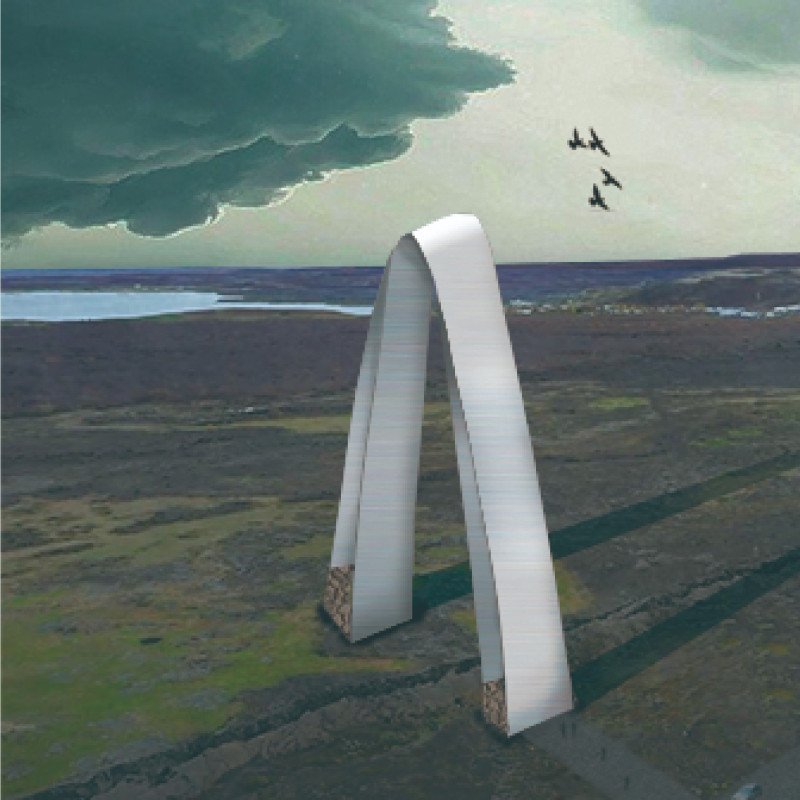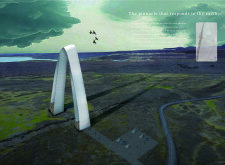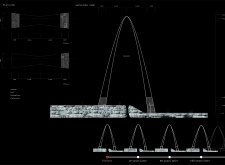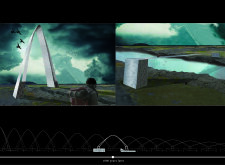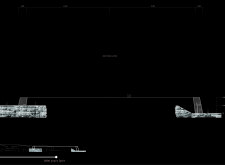5 key facts about this project
The design is located in Iceland, where two tectonic plates, the North American Plate and the Eurasian Plate, meet. This rare geographical setting allows for a unique interaction with geological features. The concept centers around a structure described as a "pinnacle that responds to the earth." It serves not only as a visual landmark but also as a place where visitors can connect with the natural landscape and learn about the geological significance of the area.
Functionality and Space Allocation
The structure is designed to include several functional areas, such as a museum, a café, a waiting room, and a visitor center. Each of these spaces is meant to enhance the experience for those visiting. The museum provides educational insights into the region's geology, while the café and waiting room offer comfort and hospitality. These spaces work together to create an inviting environment that encourages people to engage with both the architecture and the surrounding landscape.
Transformation Over Time
An interesting aspect of the design is its planned evolution over time. The pinnacle is intended to change as the geological cracks widen over thousands of years. This idea highlights how architecture can respond to natural processes. The structure may eventually become a bridge connecting the two tectonic plates, illustrating the ongoing movement of the Earth. This concept of transformation emphasizes that buildings can adapt and coexist with their natural surroundings.
Geological and Architectural Integration
The design takes into account the specific geological features of Iceland. By strategically positioning itself between the tectonic plates, the structure aims to create a connection between the built environment and the landscape. This relationship serves to enhance understanding of the natural world. The architecture becomes a point of reference, allowing visitors to contemplate the Earth’s natural processes.
Over time, the evolving form of the pinnacle will encourage guests to think about the connection between architecture and geology. It stands as a testament to the forces shaping the land and reflects the relationship between human creation and the planet's history. The design invites visitors to engage with the landscape while also considering how it changes over time.


